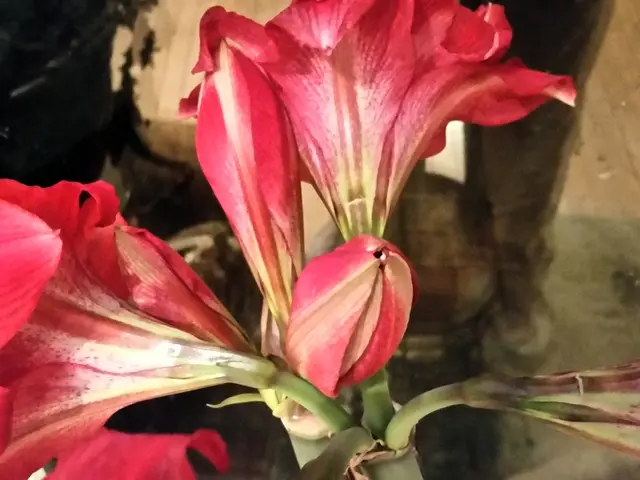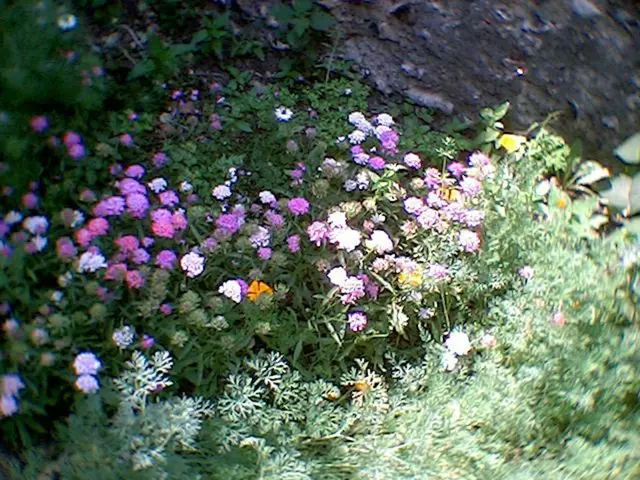Watering Your Garden Like a Pro 🌱💧
Garden Irrigation Selection: Turbines, Low-Power, and Standard Irrigators - Comparing Features and Benefits
Picking the perfect sprinkler for your lush lawn doesn't have to feel like rocket science. We've broken down the key differences between sprinklers, turbines, and low-power sprinklers to help you make an informed choice, ensuring your lawn is constantly green and beautiful.
Location, Location, Location 🏠🌐
When considering spray vs. rotor irrigation, the size of your garden's area is paramount. Sprinklers and rotors each excel at different distances, with the type you need depending on how much space you need to water.
Spray Sprinklers 💧☁️
Ideal for small gardens (5m or less in size), spray sprinklers shone their light in covering short distances between 1.5 to 5 meters. They're great for lawns with square or rectangular shapes. The water consumption increases with the set angle, so a 90° angle spray head will use half the water of one placed at a larger angle covering a larger area. Garden watering sessions with spray sprinklers are typically short, usually around 5 to 8 minutes.
Rotator Sprinklers 💧💪
Rotators are the superheroes of the irrigation world, with the build to cover longer distances in our residential settings. They're perfect for gardens where the shortest side ranges between 5 to 12 meters. Unlike stationary spray sprinklers, rotator water consumption remains constant during the irrigation cycle, providing uniform distribution across the entire lawn. However, this uniformity can lead to overwatering in certain areas, especially when positioned at smaller angles. To ensure even water distribution, consider switching nozzles between coverage areas.
Low-Power Sprinklers 💧💡
Also referred to as multi-jet sprinklers, low-power sprinklers are the eco-conscious alternative. They save money and water by reducing the number of irrigated sectors and covering distances of approximately 2.5 to 9 meters. Their standard watering time typically varies between 22 to 26 minutes, and water consumption is significantly lower than traditional sprinklers. Given their water-saving benefits, low-power sprinklers are a popular choice among those seeking sustainable irrigation solutions.
System Pressure 💧🔜
Another factor to consider when selecting the right sprinkler is system pressure.
- Sprinklers require minimal pressure, with a starting point of 1 bar (measured at the sprinkler inlet).
- Rotators, on the other hand, require at least 2 bars (measured at the sprinkler inlet), depending on the nozzle.
- Low-power sprinklers ideally work best under 2 bars of pressure (measured at the sprinkler inlet).
Tips for Perfect Irrigation Times: To determine the appropriate watering times for your lawn, always check the precipitation data in millimeters per liter on your sprinkler's technical specifications. This will ensure effective and suitable irrigation for your lawn.
So, with a better understanding of the options, you can now confidently embark on your quest for the perfect sprinkler to keep your garden thriving! 🌱💧💪🚀
- For a small home-and-garden, consider utilizing a spray sprinkler, ideal for gardens 5 meters or smaller, as they effectively water lawns while limiting water consumption.
- If your garden's shortest side ranges between 5 to 12 meters, rotator sprinklers, the superheroes of irrigation, are perfect, offering uniform water distribution across the entire lawn.








